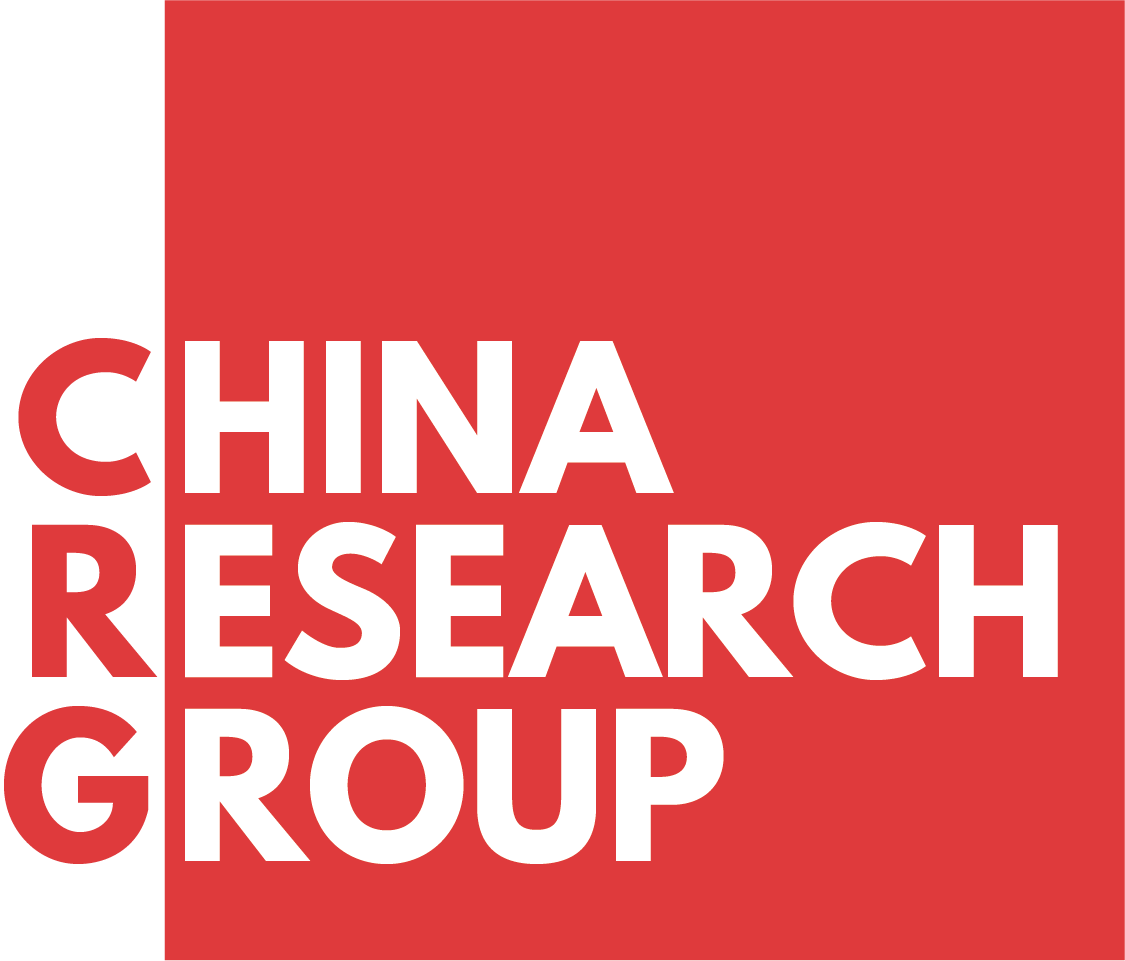Watch back
You can listen to the audio-only version through our podcast.
Two experts from AidData, Dr Bradley Parks (Executive Director) and Dr Ammar Malik (Senior Research Scientist), joined us to discuss their findings from their recent paper: Banking on the Belt and Road. The paper draws on a new dataset covering 13,427 Chinese development projects in 165 countries, worth over $843 billion.
Summary
On how much and how China spends: China is eclipsing the US on a 2 to 1 basis and the UK on a 7.6 to 1 basis in overseas spending since the beginning of the Belt and Road Initiative (BRI), spending $85 billion every year on average. Whereas Western countries provide aid and grants, China’s financing is almost all debt. China’s loans have an average of 4.2% interest and a less than 10 year repayment period, compared to the 1% interest and 20-30 year repayment period from OECD lenders.
On why China is spending so much: Rather than being an aid strategy aimed at gaining influence, BRI is a profit strategy to solve domestic economic issues, such as obligating other countries to buy steel or aluminium in order to alleviate China’s industrial overcapacity problem. Another domestic solution is loaning out China’s excess foreign reserve at commercial rates for better returns. The authors argued that the developing world is subsidising China, not the other way around.
On China’s risk management: China uses credit enhancement to minimise the risk of loaning to resource-rich but non-credit-worthy lenders with a “grab and go” source of collateral. Under a commodity sales agreement that is often signed together with the loan agreement, they allow repayment via proceeds from commodity sales, but these proceeds are deposited into a lender-controlled offshore bank located within China that is also required to maintain a minimum cash balance. This cash, rather than the media portrayed “debt trap diplomacy”, is the true collateral that consolidates China as the senior creditor.
On hidden debts: The majority of China’s overseas lending is conducted through special purpose vehicles, state-owned enterprises, and joint ventures, instead of sovereigns. This creates a ‘hidden debt’ problem, and the authors estimate $385 billion of systematic underreported debt to the World Bank’s Debtor Reporting System (DRS) that is rattling credit rating agencies worldwide. The scale of hidden debt means that DRS doesn’t include huge loans, such as $940 million loan from China Exim Bank to Montenegro.
On BRI buyer’s remorse: One-third of the portfolio face implementation problems, sparking public concerns over corruption and overpricing. China’s solution usually lies between trying to win over public support or favouring incumbent leaders.
The full report, executive summary, and dataset can be accessed via AidData's website.
Speakers
Dr. Brad Parks, Executive Director, AidData
Dr. Bradley Parks is the Executive Director of AidData at the College of William and Mary. He leads a team of 35 program evaluators, policy analysts, and media and communication professionals who work with governments and international organizations to improve the ways in which overseas investments are targeted, monitored, and evaluated.
Dr. Ammar A. Malik, Senior Research Scientist, AidData
Dr. Ammar A. Malik is Senior Research Scientist at AidData, where he leads the Tracking Underreported Financial Flows program that uses pioneering methods to track and analyze underreported financial flows from non-traditional donors to developing countries.
Transcript
Read the transcript on our website or download the full transcript (PDF).
